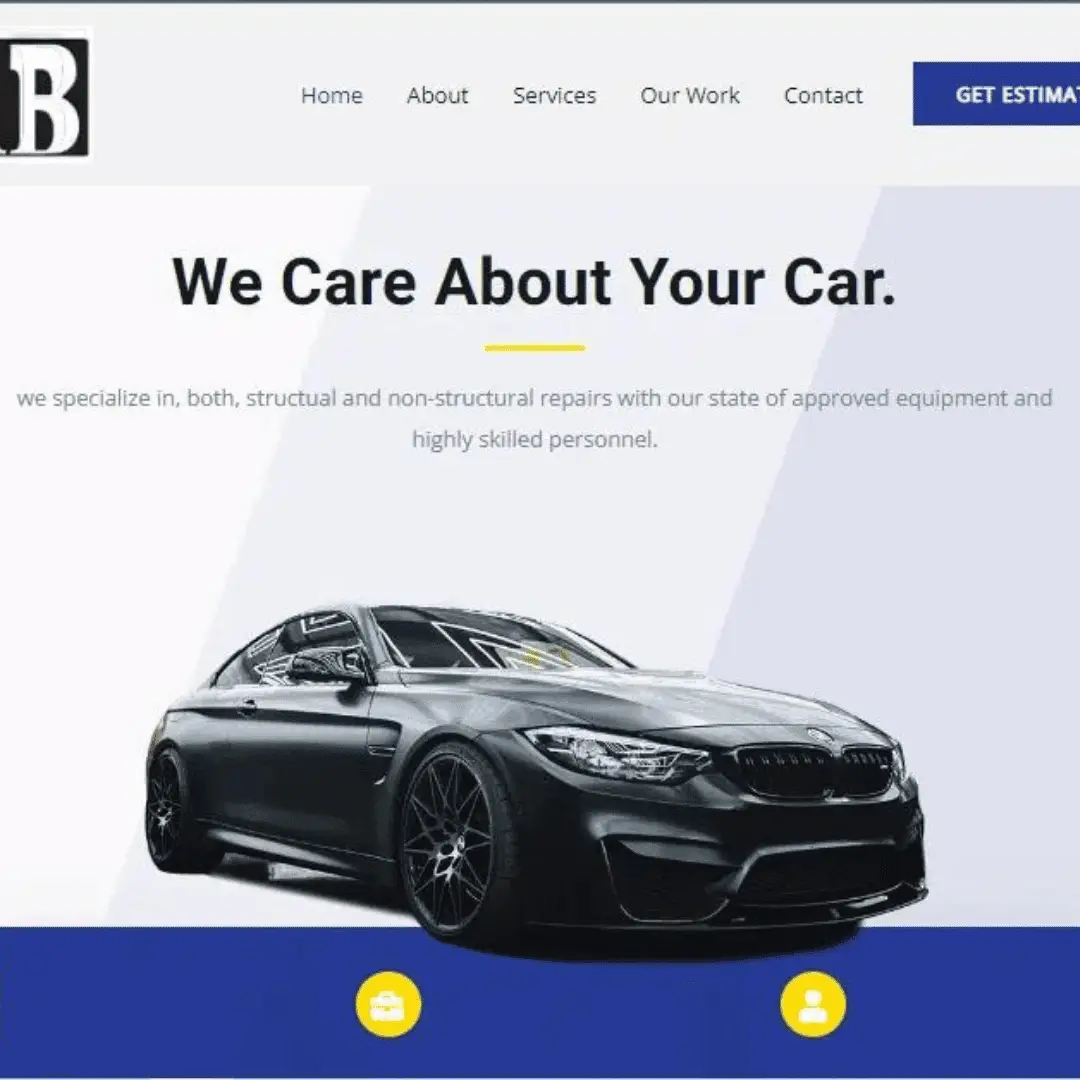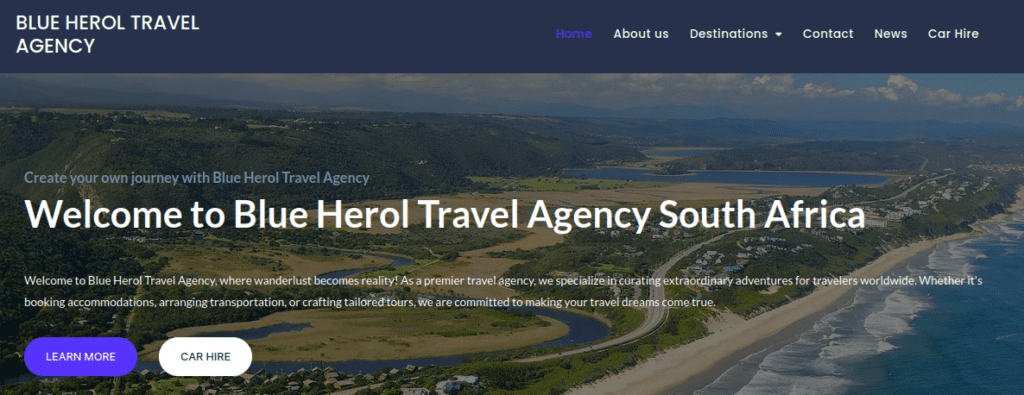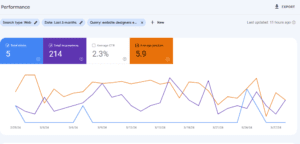Why Choose Allsorts Web Designers?
Stop searching for website designers near me! Allsorts Web Designers is your one-stop shop for Affordable Website Designs South Africa, We are high-impact website designers South Africa. We craft beautiful, functional websites that convert visitors into customers, all without breaking the bank. Discover the Allsorts difference: exceptional web design, expert service, and budget-friendly packages tailored to the needs of South African businesses. Let’s grow your online presence together! So no need to search for website designers near me because your in the right place for Affordable Website Designers East London
Stunningly Visual
Customized web design services in South Africa. Immerse your audience with captivating designs that shine brighter than the sunshine.
Engaging Websites
Struggling to keep website visitors engaged? Allsorts Web Designers, South Africa’s leading website designers, craft intuitive navigation and user-friendly experiences that guide visitors smoothly towards their goals.













